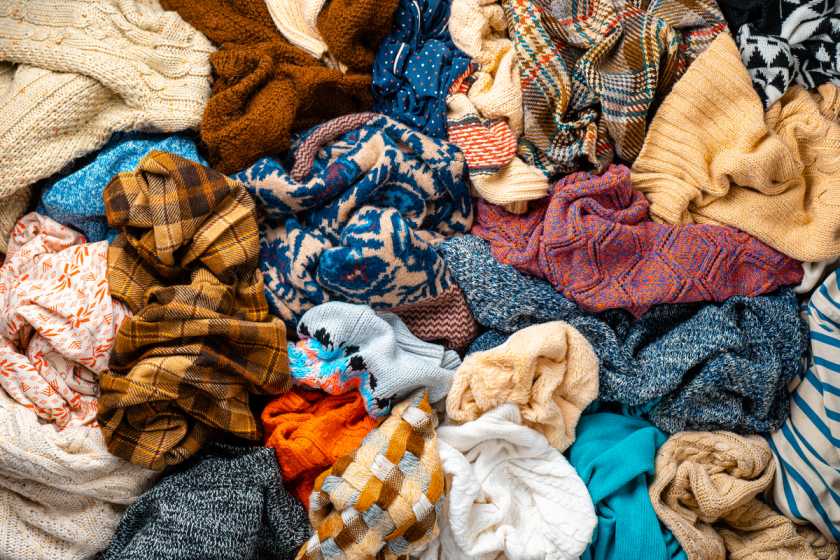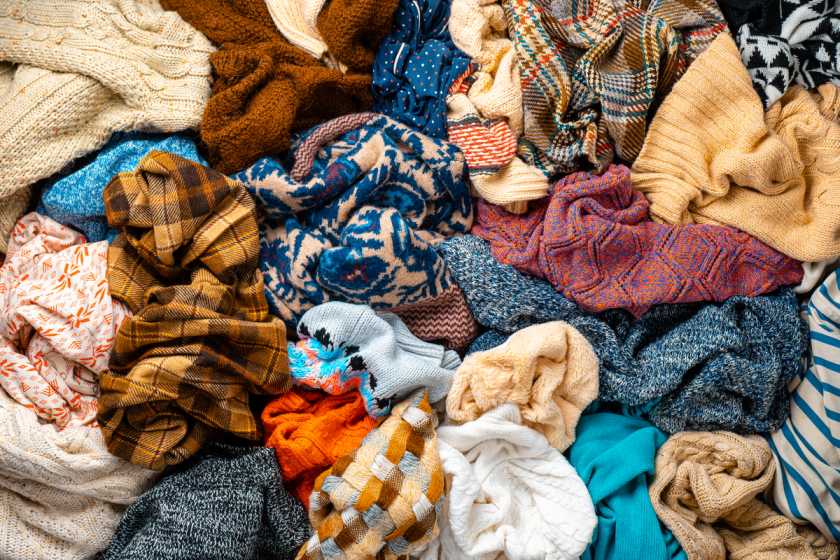Automation In Textile Waste Management Can Help In Better Recycling



The global demand for textile products is steadily increasing. The trend is likely to continue due population growth and economic development. Meanwhile, the textile industry is facing tremendous environmental and resource challenges. Because of such challenges, there is a regulatory interest in increasing textile reuse and recycling.
The sorting process is a critical step in many types of recycling, from textiles to pallets to plastics and more. Greater accuracy in sorting paves way for greater value recovery through a better separation of different grades of material. One of the main issues that hinder the process of recycling the textile waste is this sorting which is still performed manually. Automation of sorting seems like a key to the obstruction. Additionally it helps in reducing labor requirements.
This automated sorting process is realized by the German company Stadler and Norwegian company Tomra who have opened a fully automated textile sorting plant in Malmo, Sweden. It is operated by Swedish waste management company Sysav Industri AB, and sorts pre and post consumer textile waste in southern Skåne.

It is part of the government-funded Swedish Innovation Platform for Textile Sorting (SIPTex) project, which aims to develop a sorting solution designed to address the needs of textile recyclers and the garment industry. The SIPTex project is now exploring how to achieve the required quality through automation.
The plant follows an initial theoretical study and the construction of a small pilot plant in Avesta, also designed and supplied by Tomra and Stadler in 2017. In the second phase, the project collected 700 tons of used textiles from recycling centres. The waste material was fed into the Avesta pilot plant following a manual pre-sorting of reusable textiles.
The new automated textile sorting plant in Malmö has a capacity of up to 4.5 tons per hour per line. They receive materials in bales, generally weighing 350 to 500 kg and includes both pre- and post-consumer waste. The waste ranges from dry, industrial waste from textile producers (such as clippings, yarn and rejects) to clothing and household textiles (unsorted material from separate collections).
The Environmental Impact

The environmental impact is genuinely impressive. The reduction of waste associated with the use of recycled fibers is massive. Report maintains that in a pilot project with a jeans manufacturer, the energy savings of recycled fiber versus virgin was 53%, while the water-saving amounted to 99%, and the chemical saving was 88%. The automated sorting technology can successfully operate the fiber-sorting process in large volumes of material accurately, including the large amounts of low-grade non-renewable textiles that are collected, and directing them towards industrial chemical recycling operations.



















